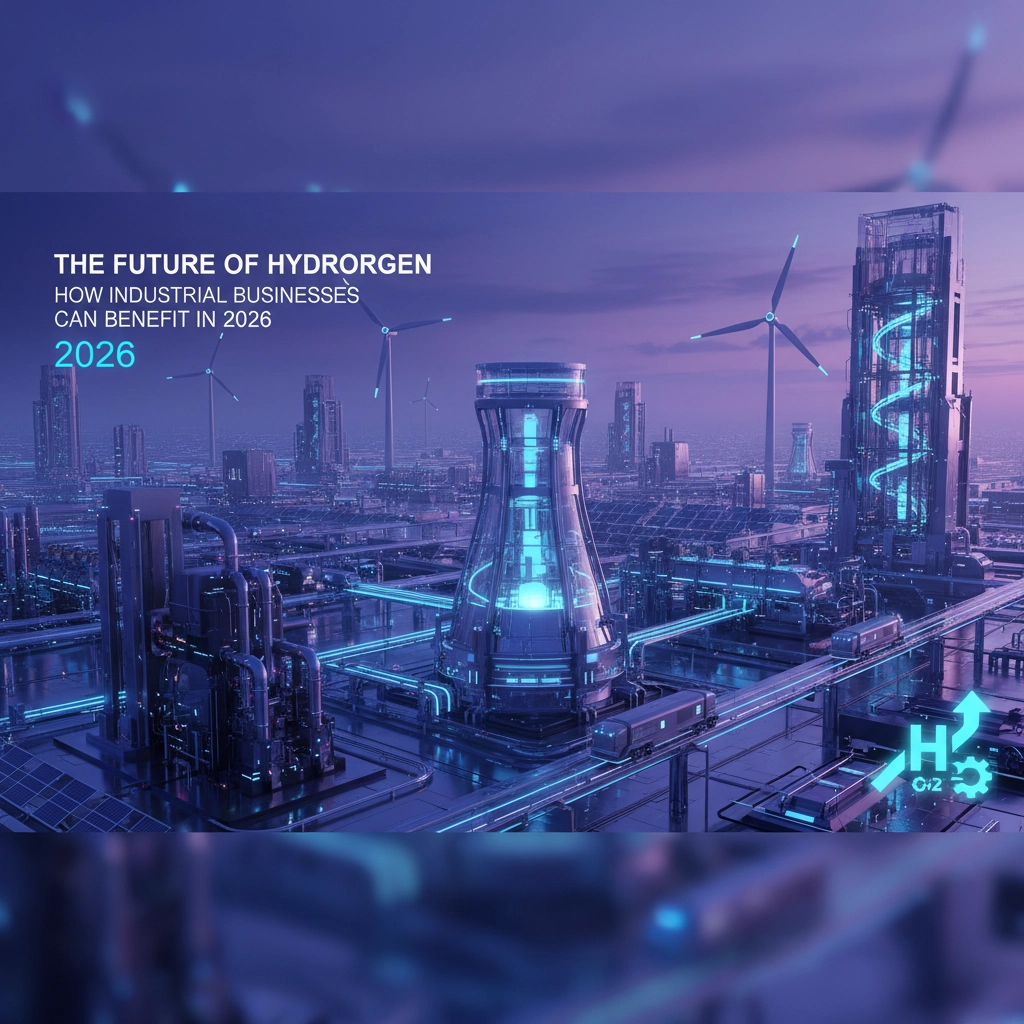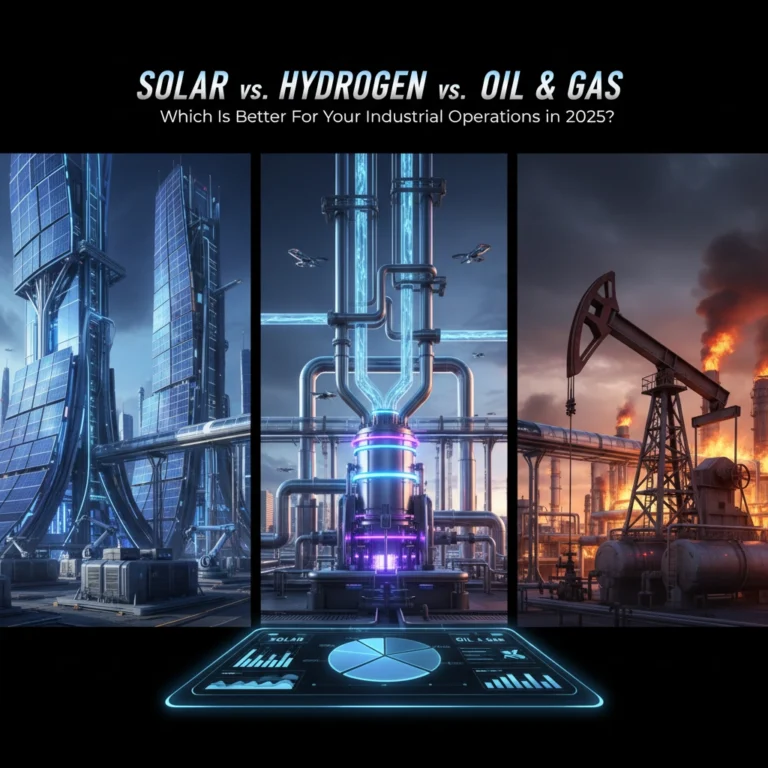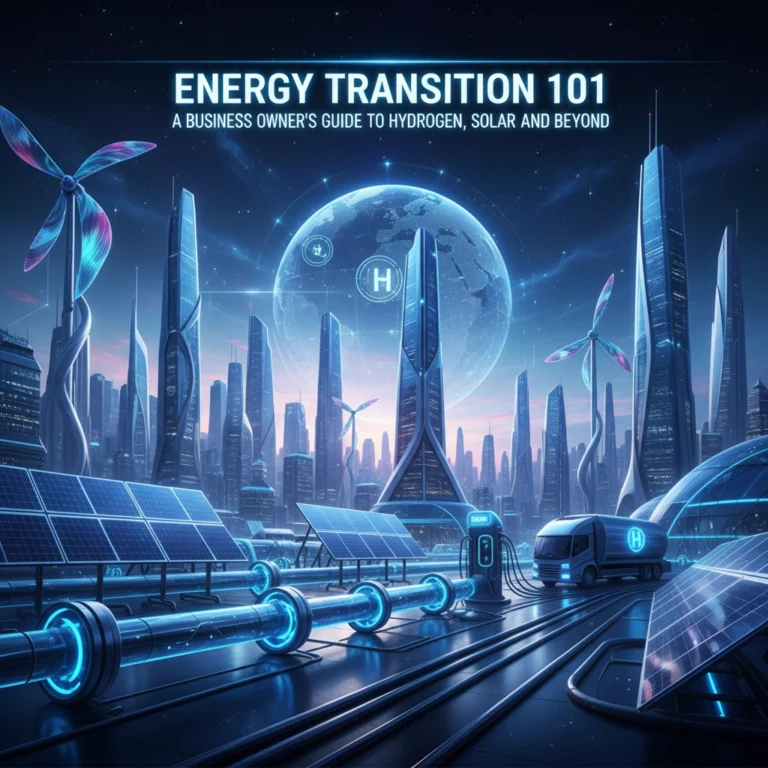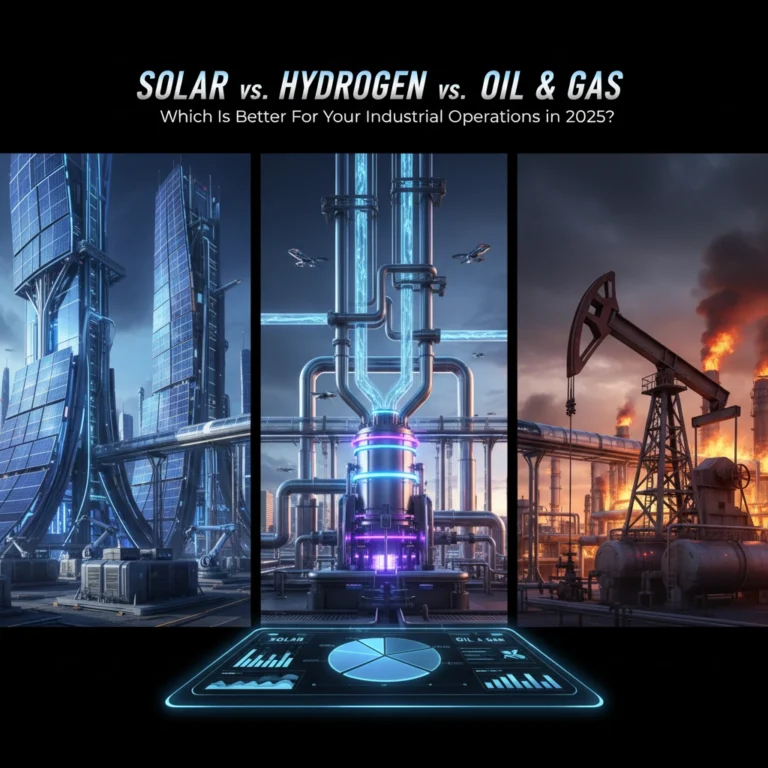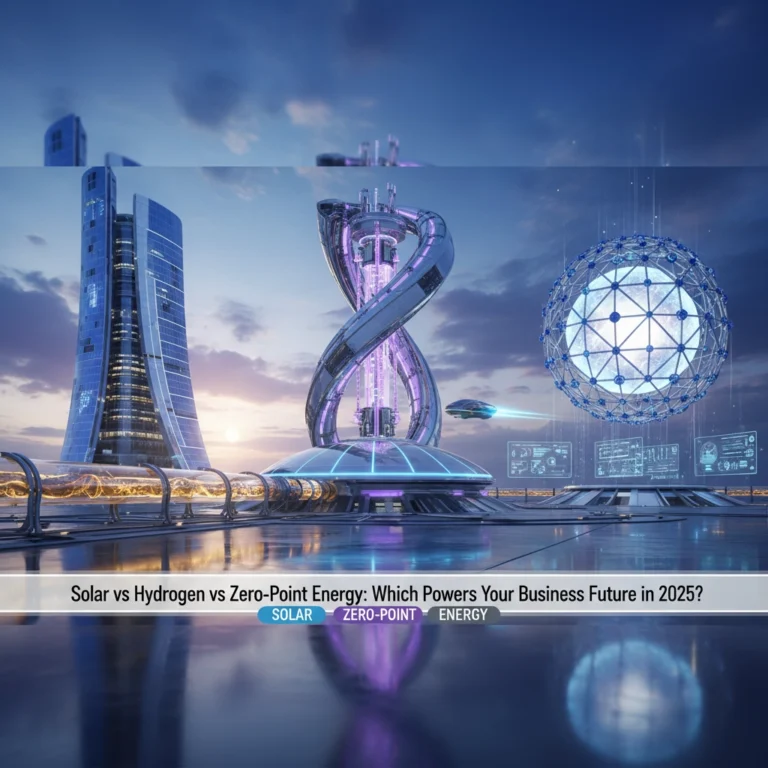The Future of Hydrogen: How Industrial Businesses Can Benefit in 2026
We're just a few months away from 2026, and if you're running an industrial operation, hydrogen is about to become your new best friend. After years of hype and pilot projects, the hydrogen economy is finally hitting its stride. The numbers are getting real, the infrastructure is coming online, and the cost barriers that kept everyone on the sidelines are crumbling fast.
Here's the thing about the future of hydrogen – it's not some distant dream anymore. Major industrial players are already locking in their hydrogen strategies for 2026, and the early movers are positioning themselves for some serious competitive advantages.
Why 2026 Is The Hydrogen Tipping Point
The stars are aligning for hydrogen in ways we haven't seen before. Clean hydrogen production through electrolysis is hitting that magic $2 per kilogram target by 2026 – the price point where hydrogen starts making real economic sense for industrial applications.
But it's not just about the cost. Multiple green hydrogen production facilities are firing up operations in 2026, including major projects like the Casa Grande Green Hydrogen Plant in Arizona pumping out 10 metric tons daily. That's the kind of scale that creates actual supply chains instead of just press releases.
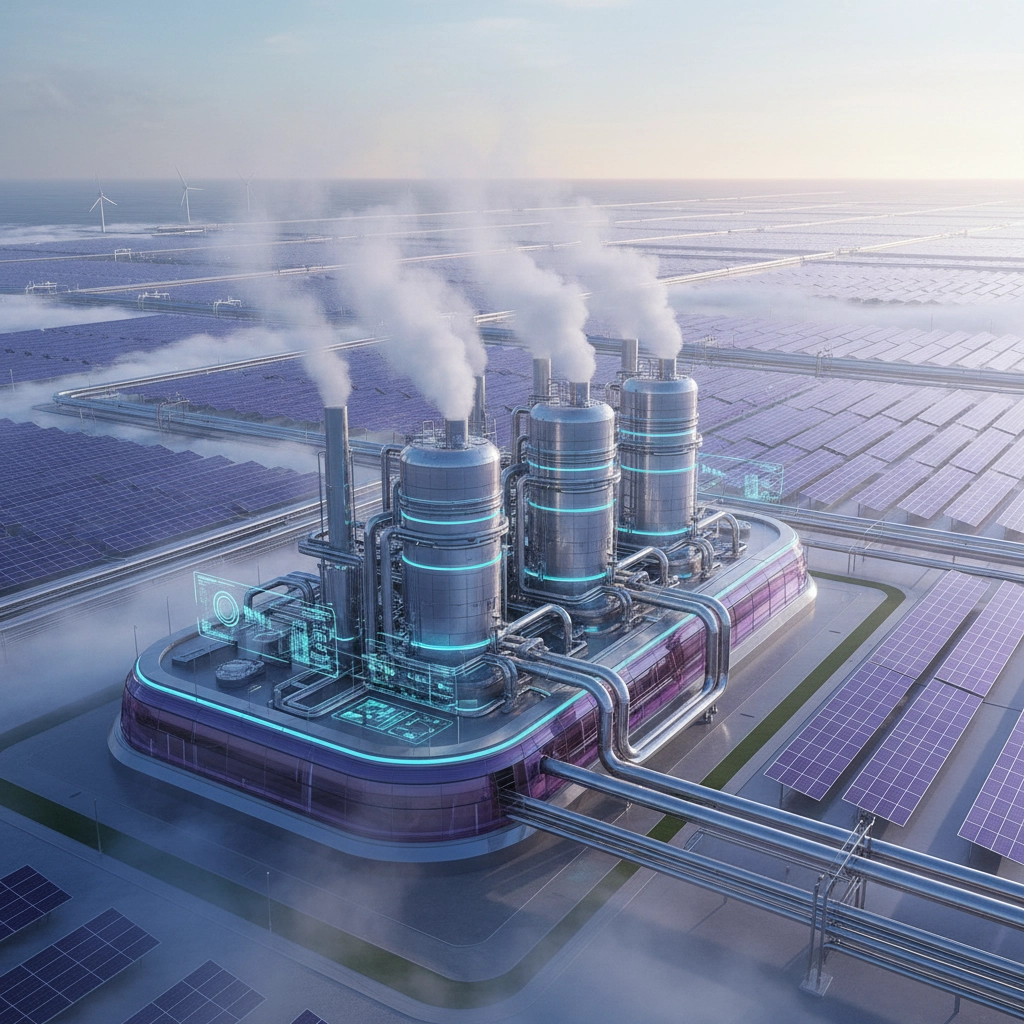
The infrastructure piece is finally coming together too. The government's throwing $500 million at regional hydrogen transport and storage networks, which means you won't need to build your own hydrogen highway to get started.
Industrial Applications Ready for Prime Time
Let's talk about where hydrogen for industrial businesses actually makes sense right now. This isn't about replacing every energy source with hydrogen – it's about smart deployment where the benefits are clearest.
Steel and Heavy Manufacturing
If you're in steel production, hydrogen is basically a game-changer waiting to happen. You can use hydrogen as a reductant to produce high-quality green iron, ditching the coking coal and natural gas that dominate the sector. The best part? Product quality stays the same, but your carbon footprint drops dramatically.
Steel buyers in construction and automotive are already demanding low-emission materials. Getting ahead of this curve means access to premium markets and corporate buyers willing to pay for clean steel.
Chemical Production and Refining
Chemical producers and refiners are sitting pretty for hydrogen adoption because you're already using the stuff – just the gray variety made from natural gas. Switching to green hydrogen is more about changing suppliers than overhauling processes.
Ammonia and methanol production can benefit from immediate hydrogen substitution with minimal process changes. That's a straightforward path to compliance with tightening emissions regulations.

Industrial Heat Applications
Hydrogen works as a heating source across various temperature ranges, from medium industrial heat to high-grade processes. With industry standards for hydrogen-ready industrial boiler equipment published earlier this year, the safety protocols are locked down and the equipment is ready for reliable deployment.
Cost Benefits That Actually Matter
The economics of industrial energy solutions are shifting in hydrogen's favor, and it's not just about the environmental benefits anymore.
Direct Cost Savings: At $2/kg, hydrogen becomes competitive with fossil fuel alternatives, especially when you factor in carbon pricing and regulatory compliance costs. For backup power, hydrogen fuel cells are on track for cost parity with diesel generators within three to five years, with the added bonus of clean, quiet operation.
Risk Mitigation: Diversifying away from fossil fuel dependence improves supply chain resilience. You're not at the mercy of global energy market volatility when you can leverage domestic hydrogen production using renewable resources.
Regulatory Hedge: Meeting increasingly strict carbon budgets becomes manageable without compromising production capacity. Hydrogen helps you stay ahead of regulations instead of scrambling to catch up.

Getting Started: Practical Steps
The key to hydrogen adoption is picking your spots. Focus on applications where emissions abatement potential is highest and alternatives are limited.
High-Priority Applications: Steel production, aviation fuel production, shipping, and fertilizer manufacturing offer the most immediate scalability.
Pilot Opportunities: Start with pilot testing for applications still under development while moving directly to deployment for mature applications like material handling equipment and distributed power systems.
Collaboration Advantage: Join collaborative initiatives to reduce risk and cost. Platforms connecting industrial consumers with sustainable producers enable joint purchasing agreements and shared learning. The shared infrastructure within hydrogen hubs spreads capital expenses across multiple participants.
Consider checking out hydrogen-specific solutions that align with your operational needs and timeline.
Infrastructure Reality Check
Here's where 2026 gets interesting for industrial businesses. The Southern California Green Hydrogen Project will generate approximately 1,460 tonnes annually, demonstrating real domestic production capacity. These aren't demonstration projects anymore – they're commercial operations.
The hydrogen hub model is particularly smart for industrial users. Instead of building standalone infrastructure, you can tap into shared networks that connect production facilities with multiple industrial end users. This approach dramatically reduces individual facility costs and speeds up adoption timelines.

Market Positioning Advantages
Early hydrogen adopters are setting themselves up for several strategic advantages that extend well beyond emissions compliance.
Premium Market Access: Industries like construction and automotive manufacturing increasingly demand low-emissions materials. Steel manufacturers supplying these sectors can access premium markets and corporate buyers committed to purchasing near-zero emissions products.
Supply Chain Leadership: As hydrogen can help industries meet 14 percent of US final energy demand by 2050, you're positioning for long-term market infrastructure and growing demand.
Competitive Moat: First-movers in hydrogen adoption create operational capabilities that become harder for competitors to replicate as the market matures.
What This Means for Your Business
The convergence of falling costs, expanding infrastructure, and regulatory support makes 2026 a defining year for industrial hydrogen adoption. The businesses that move now secure first-mover advantages while the technology is still emerging.
This isn't about betting on unproven technology anymore. It's about recognizing that hydrogen for industrial businesses has moved from experimental to commercially viable. The question isn't whether hydrogen will play a role in industrial energy solutions – it's whether you'll be leading the transition or playing catch-up.
The next few months leading into 2026 are crucial for industrial businesses serious about positioning for the hydrogen economy. The infrastructure is coming online, the costs are hitting competitive levels, and the regulatory environment is pushing everyone toward cleaner alternatives.
If you're ready to explore how hydrogen fits into your industrial energy strategy, now's the time to get serious about implementation planning. The future of hydrogen isn't waiting – and neither should you.

